ITALIA! presents a special, in-depth Past Italia! as Freya Middleton explores the long-lasting influence of the Medici family…
The Medici family is one of the most extraordinary families in Italian history. They wielded economic and political power in Florence and in Europe for three hundred years. They were one of the wealthiest families in Europe in the 1400s, their money gained through banking, and one of the greatest sponsors of culture, the arts and sciences. Brunelleschi, Donatello, Botticelli, Michelangelo and Galileo are only some of the great minds and artists who benefited enormously from the family. This combination of great wealth, great patronage of great minds and political influence earned them the grand appellation Godfathers of the Renaissance.
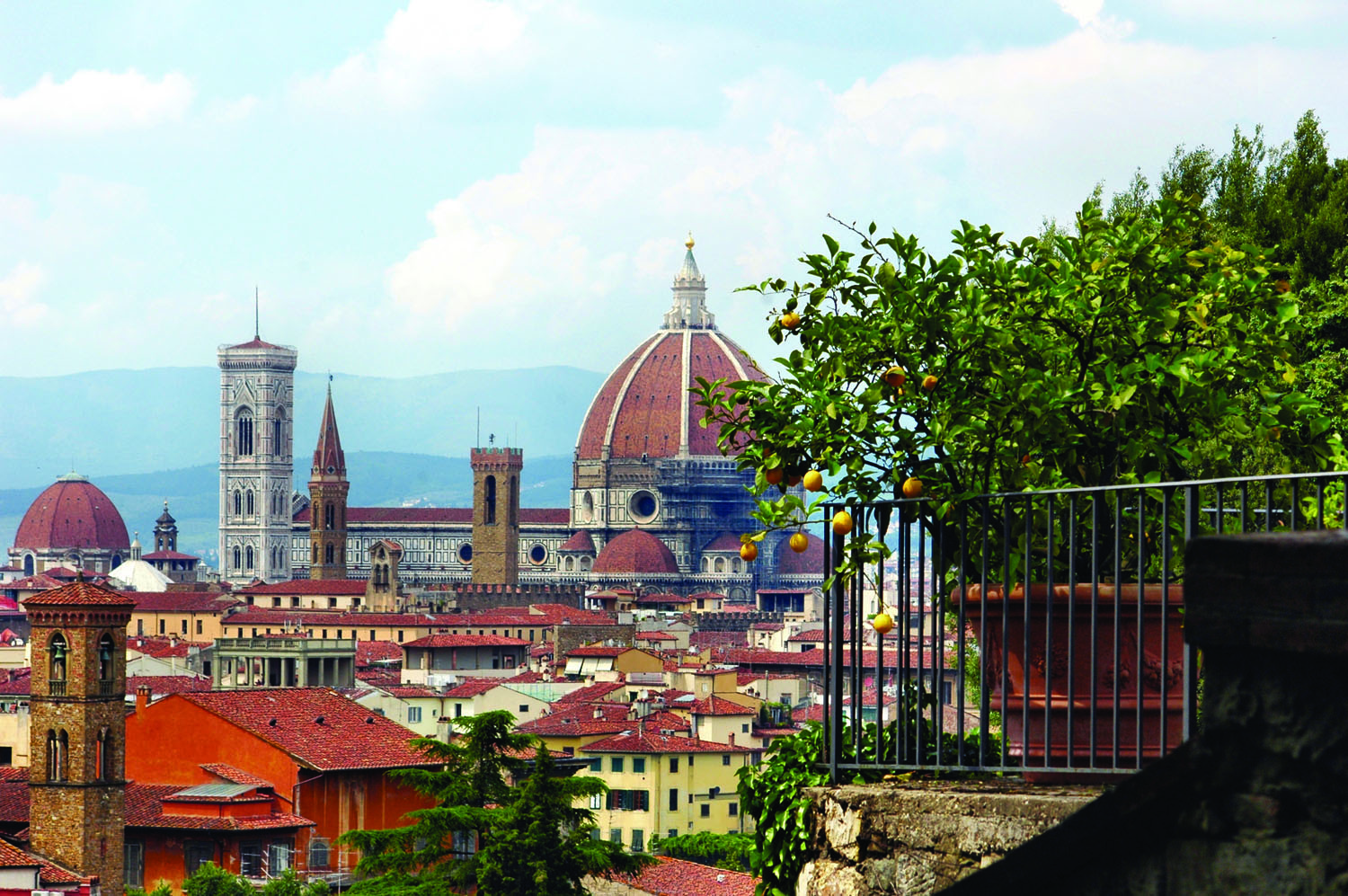
In the 1400s the family ruled Florence from behind the scenes. The city was, at the time, one of the most important republics in renaissance Europe. From the mid-1500s they ruled officially as the Grand Dukes of Tuscany. Most historical overviews of the family begin when they are already the leading political party in Florence, from 1434. But how did the family become powerful and political? How did this family manage to create their banking empire in the late 1300s, when Florence was already an established, booming merchant banking centre? Finally, why is the Medici family in particular so well known in history over other wealthy business families and ruling houses. What was it that made them stand out from the crowd?
This epic story finds its genesis in Giovanni de Bicci de’ Medici, who opened the family bank in Florence in 1397. Numerous Medici family branches had been active in merchant affairs from the early 1300s and some had held elected political roles of varying influence. However, it would be Giovanni who initiated a solid and permanent sphere of influence in the business state of affairs and on the republican political scene. Giovanni had trained and then worked for many years in his cousin’s, Vieri de’ Medici, bank in Rome. When Vieri retired, Giovanni bought into the Medici bank in Rome but moved back to Florence to open the headquarters in his city. He was hard-working, intelligent, astute and always kept a low profile, whilst at the same time securing solid foundations for his family in business and society.
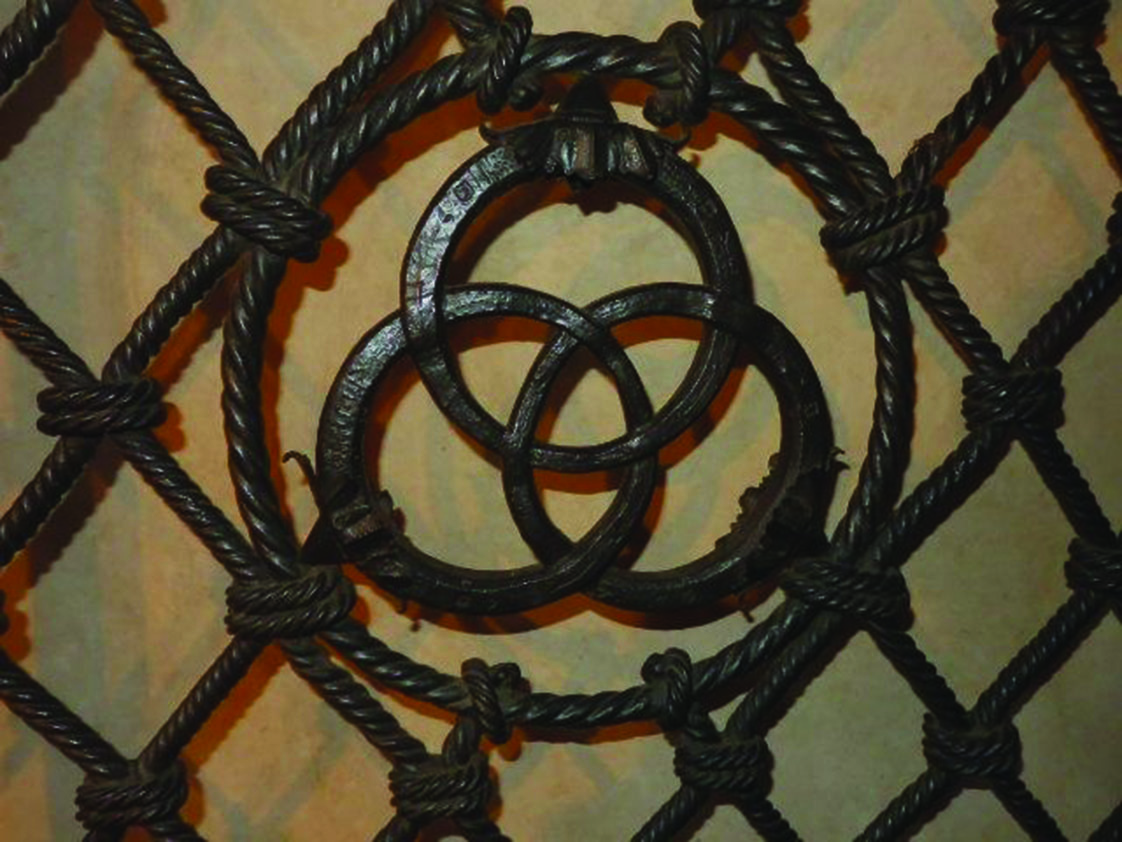
His involvement in public affairs was a consequence of the growing wealth of the Medici bank. Once the bank had achieved a significant importance, which could attract jealousy and rivalry amongst the other ruling and already established factions in the city, it was necessary to secure some strong allegiances to protect his growing personal interests. As in any wealthy and competitive merchant society in any era, the cut-throat and ruthless way to eliminate new players in the piazza was to order a fiscal investigation. The end result was never in favour of the new kid on the block and the fines were crippling. Political importance was paramount to avoid this kind of attack. Giovanni gathered allies through marriage (they married into established families who might have seen better financial days and were grateful for the Medici flush of money), business contracts, strategic social connections and family relations. The Medici party managed to gain political influence in a closed political environment through building a network based on favours. Even though Florence overtly boasted a free political society and underwent rigorous bureaucratic procedures to ensure fair elections, the reality was quite different. Most government positions were reserved for the major guilds, which were the wealthiest trades, for example the furriers, judges, notaries, wool merchants, silk merchants, bankers, etc. The minor guilds, for example the bakers, locksmiths, armourers, etc, had fewer positions available. Furthermore, and importantly, no government member elected could have outstanding debts. In order to increase the Medici political party representation they paid the debts of their allies, thus ensuring an increased pool of friendly candidates in elections of the various government bodies. The Medici family themselves were actually personally elected very seldom to government office, which explains why their rule is often called a ‘cryptomonarchy’ (hidden monarchy).

Financially, one of the major episodes Giovanni orchestrated which secured their place with the big boys of international banking was backing a proverbial wild horse which, though extremely risky, paid off handsomely as they would become bankers for the papal curia for most of the 1400s. At the beginning of the 15th century the papal curia was divided amongst three centres, Avignon, Pisa and Rome, with popes in each city. Baldassare Cossa, financed by Giovanni di Bicci, was elected as the second antipope of Pisa in 1410. Often referred to as the ‘pirate pope’ in reference to the Cossa’s family’s wealth gained through piracy off the coast of Naples, the cunning, fearless and unpredictable Baldassare nominated the Medici bank as the bank of the curia upon becoming Pope Giovanni XXIII. He was deposed two years later at the council of Constance 1415. However, the Medici remained papal bankers until the 1470s. Giovanni was one of the executors of the deposed pope’s will after his death in 1419. Both he and Cosimo, Giovanni’s eldest son, who took over the management of the will after Giovanni’s death in 1429, managed through persuasion and determination to have the pirate pope’s tomb not only placed in the baptistery of Florence, a place reserved for very few, which had been the antipope’s wish, but the tomb was of considerable size too. The pope at the time of the tomb construction, Martin V, made it clear that the epigraph was to commemorate Cossa as a bishop, however instead what can be read is ‘former Pope Giovanni VIII’. The Medici made sure that the man, the pirate pope, retained all the glory of his position, considering they were very much connected with his past.
The Medici commissioned the tomb to both Donatello and Michelozzo, who during the 1420s often worked in collaboration. Cosimo was the principal patron for both of these artisans. Donatello was now referred to as the first renaissance sculptor. He had gone to Rome to study ancient statuary and was great friends with Brunelleschi, the first renaissance architect and inventor of mathematical perspective. Together they were changing the visual arts, making it respond and reflect the new atmosphere in the city, which was more human-centric. They gave priority to the new importance of man in their work. Brunelleschi placed man in a realistic spatial environment, making him the protagonist of his surroundings, with the invention of perspective. In sculpture, Donatello highlighted the psychological presence of the subject by showing great intensity of expression on the faces and a sense of gravitas to the bodies by enhancing the volume and weight through the realism of the folds and their stance. Michelozzo, who is more remembered today as an architect, was the preferred architect of Cosimo and was commissioned to plan and oversee the numerous buildings built ex novo (from scratch) or renovations of pre-existing structures.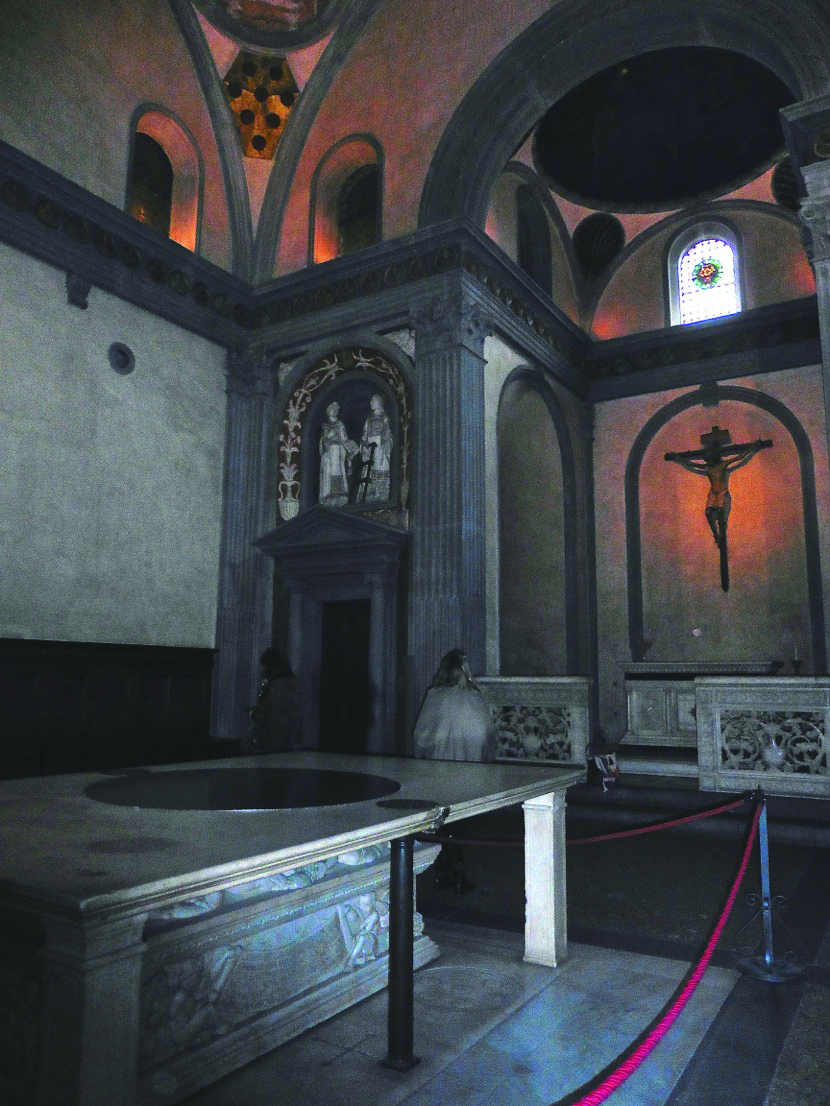
Medici family history is synonymous with great art patronage and again this has its roots in Giovanni di Bicci. The first major artistic involvement for the family was in 1402 when Giovanni de Bicci was one of the thirty-four judges, chosen from the important families in the Florentine Republic, on the panel to choose the artisan for the commission of the bronze doors for the beloved baptistery. Competing artisans had to submit a bronze bas-relief of a stipulated size which depicted the sacrifice of Isaac by Abraham from the Old Testament. This hugely costly commission was a statement to the wealth of the city (bronze was more expensive than marble, and they were to be gilded as well) and they were to adorn the building which could be almost considered the symbol of the city, the baptistery, (as John the Baptist was the patron saint of the city). This is not to be considered an artistic project purely for the beautification of a religious building, but as part of a greater and more complex civic campaign in the promotion of the Republic and a reflection of the city’s greatness. It is similar to the international branding of a city today, much akin to which city in the world has the tallest tower, or the most opulent hotels. That Giovanni was on the panel of judges for this showed that he was recognised by his peers as having ‘arrived’.
Of the panels submitted by the artisans, the panels by Lorenzo Ghiberti and Filippo Brunelleschi were recognised for their beauty and excellence. Ghiberti however, the youngest of the seven competitors at twenty years old, was the winner and spent the next fifty years with a large workshop working on the two sets of bronze gilded doors. His workshop was one of the most important in central Italy during the first fifty years of the 1500s. The unsuccessful panels were melted down to reuse the bronze, with the exception of that executed by Brunelleschi, which was bought by Giovanni de Bicci and displayed in the area where he was later buried, the sacristy of San Lorenzo church.
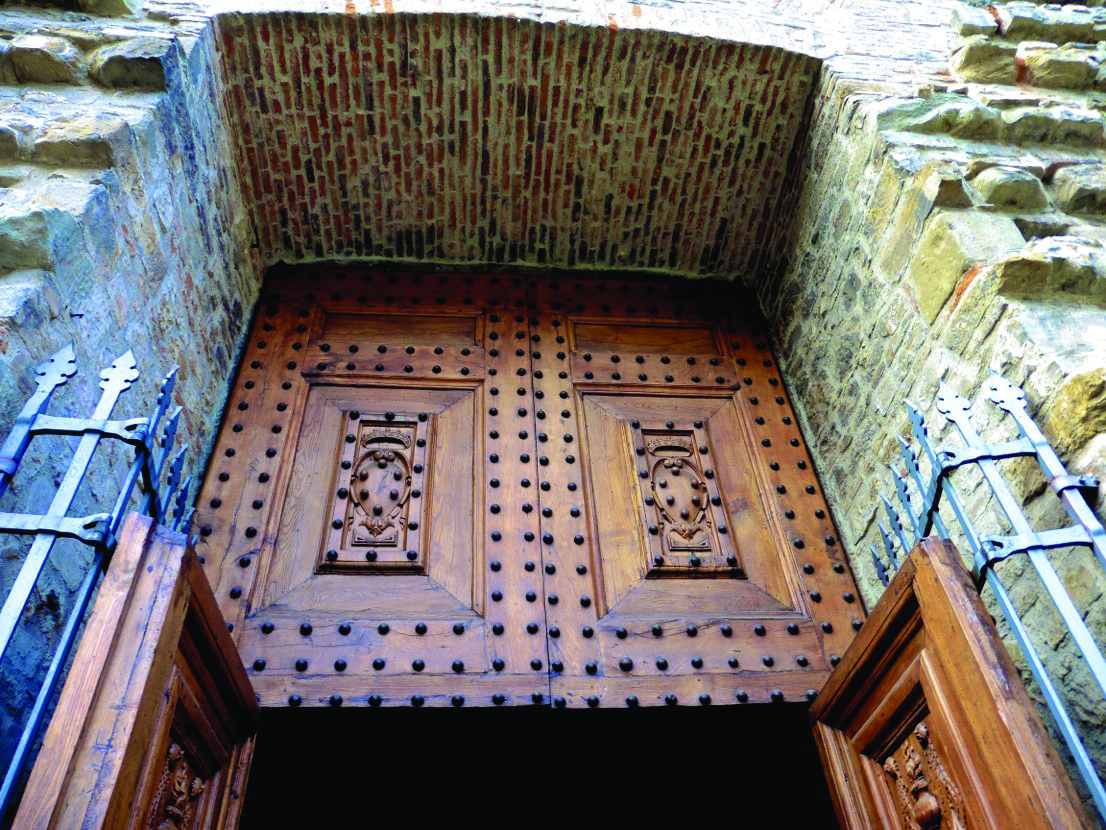
Ghiberti’s panel was chosen as it is a beautiful, elegant piece of artistry in goldsmithery. It is both lyrical and poetic in form, with the sinuous line and calm, balanced composure of the figures (the best of the Gothic style), and innovative and modern in the representation of the classically inspired body of Isaac (the new renaissance spirit highlighting the importance of the man). Ghiberti was one of the most important exponents of the ‘international’ style in Italy. His panel was also lighter than Brunelleschi’s (6.5kilos to be precise) and so his doors would require less bronze and consequently would be cheaper to produce. Today the two surviving competition panels by Ghiberti and Brunelleschi are on display next to one another on the first floor of the Bargello national sculpture museum in Florence.
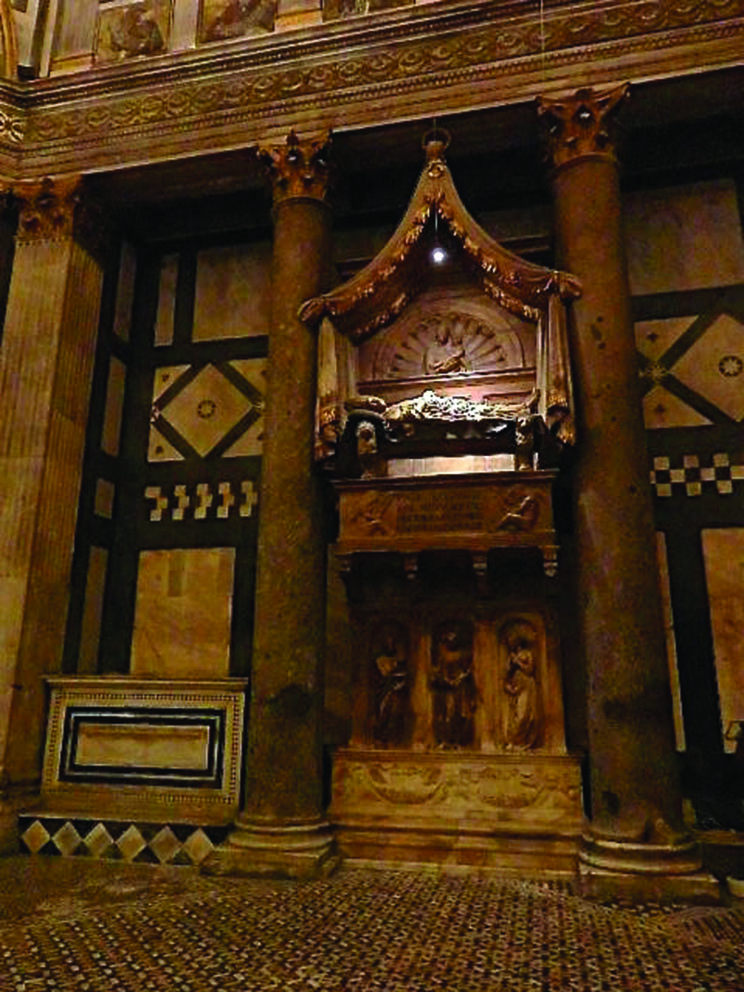
Brunelleschi’s panel placed the human action of the determined Abraham about to kill his son at the centre of the panel. He prioritised real drama and raw emotion in the depiction of the scene. All the lines lead to this moment, drawing the viewer’s attention to the horror of the devoted father wrenching his beloved son’s head around to slit his throat. Brunelleschi’s realism in the rendering of emotion situates the scene in live time for the viewer and this expresses the new value given to the importance of human life and action on earth. Giovanni di Bicci valued this so much that he bought it and placed it in his place of eternal rest. Innovation and modernity were what the Medici would foster for centuries.
Giovanni commissioned Brunelleschi to completely restructure the church opposite the Medici family home, one of the most important churches in the city, San Lorenzo. This church would become the shrine to the family’s power. The family had their private family chapel next to the sacristy, which they used as their burial chapel. Giovanni and his wife’s tomb is in the centre of the sacristy under the table where Mass was prepared. A large, circular disc of porphyry is on top of the table (porphyry was used for imperial use only in antiquity) which is the exact circumference of the circular opening above in the dome, the connection with heaven.
Giovanni ensured that his two sons, Cosimo and Lorenzo, had a humanist education. They deepened and strengthened the Medici support with artists, humanists, innovators, scholars and philosophers. Cosimo would make the Medici bank international and become the unofficial ruler of the Florentine Republic with triumph over all the established factions, and became one of the wealthiest men in Europe.
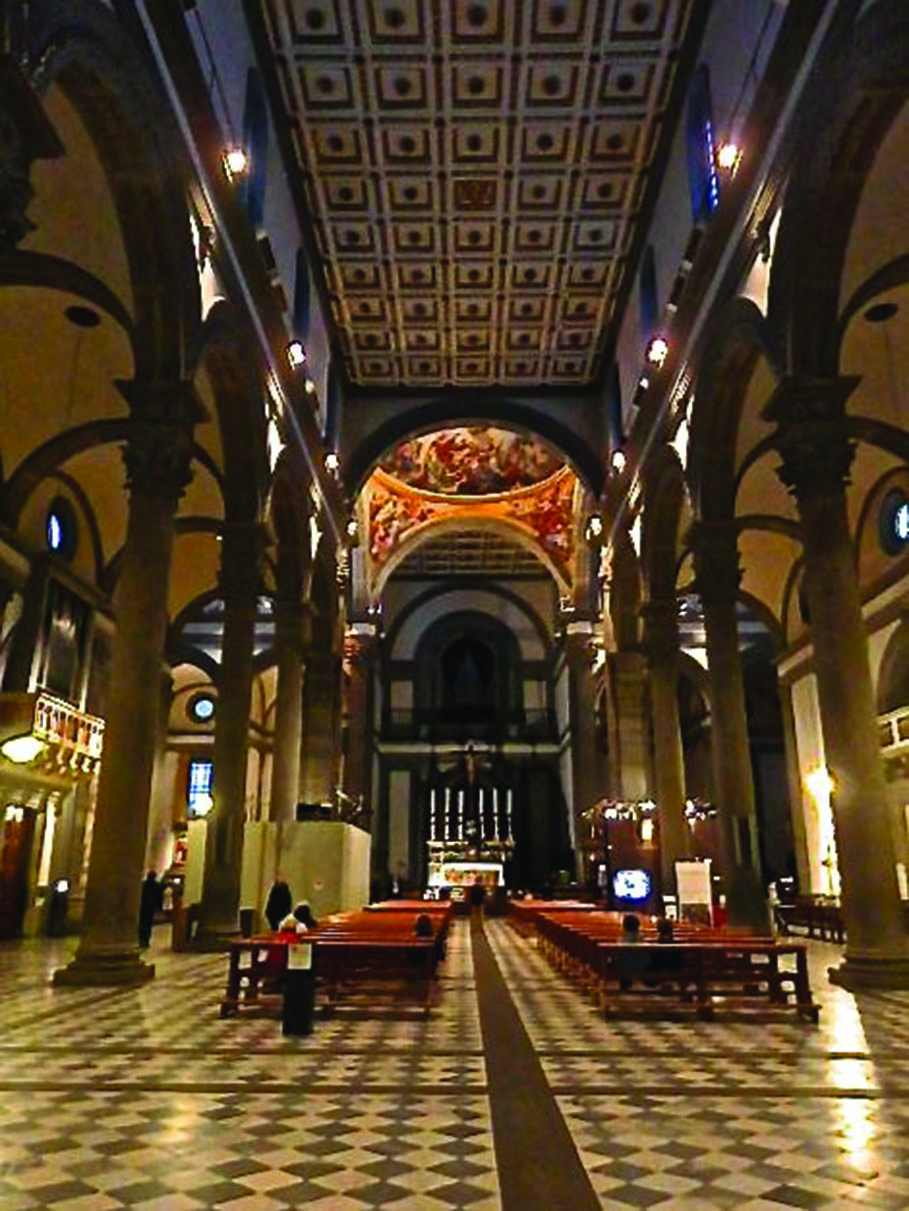
In addition to their coat of arms of red balls, after they triumphed as the unofficial rulers of the Republic, a new symbol began to appear on their works of architecture, the illuminated manuscripts commissioned by them in their paintings and even on their allies’ buildings: the diamond ring. The ring symbolised eternity with its circular shape, and the diamond, being the strongest stone, symbolised strength. The diamond ring was the symbol for their underlying, everlasting influence and power over the Republic. They used the symbol for one hundred years until they officially became dukes.
Cosimo is often the first mentioned of the family, and indeed he was one of the wealthiest men of his age, and a fascinating man. However, let us not forget that Giovanni di Bicci was the founder of the Medici bank and their political party. It was he who launched the family’s art patronage. He was the first puppet master, the grandfather of the family, the first Godfather of the Renaissance.
